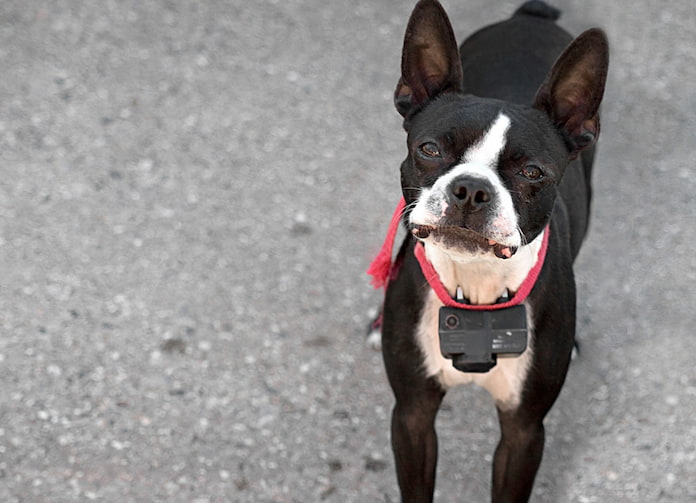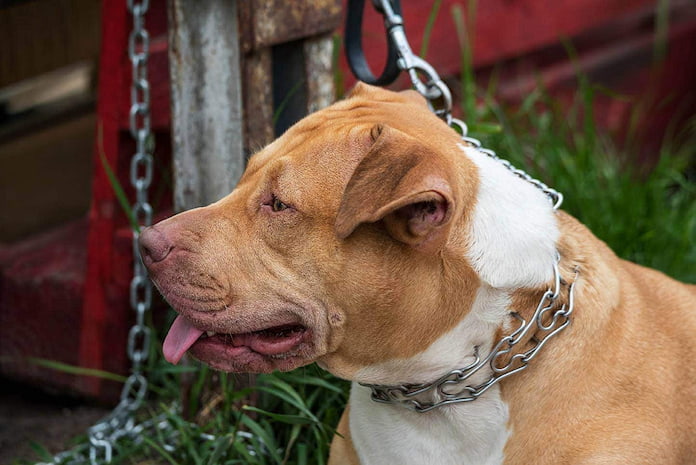
Dogs have been domesticated for thousands of years. There has been a wide range of training techniques during those years, from the non-complex to the complex systems. However, the most widely used dog training techniques have evolved, moving away from severe punishments toward gentler methods that take the welfare of the animal into account.
One of the most effective and humane solutions in helping your dog learn new behaviours and correcting the bad ones such as destructible chewing and jumping on people is using a training collar. When utilized properly, it achieves optimal training results, contributes to the dog’s quality of life, and makes life easier for you as an owner.
Why Use Dog Collars for Training
Using a safe and reliable dog collar for training comes with many benefits. Most training techniques only work up close. However, modern remote training collars allow you to address your dog’s behaviour even when you are not physically present. This technique is therefore perfect for teaching your dog to obey directions given while off-leash.

Some dogs merely do not comply with spoken commands. It’s possible that other dogs can’t hear them at all if they’re far from you. So, if your dog has trouble following verbal commands for one reason or another, a dog training collar can be a good starter.
This is critical for both your dog’s behaviour and safety. A collar and an invisible fence, for instance, can prevent your pup from running onto a busy street. Additionally, it can stop aggressiveness or barking. Canines that act aggressively regularly may be dangerous. They might get into serious trouble, to the point of you having to put them down by law.
Since gentle training techniques proved not to be as effective when dealing with aggressive attitude, you may easily avoid aggression by using a dog collar for training with several levels of both low and medium stimulation, and different functions. It also functions when you’re not around, ensuring that your dog receives a loud signal each time it engages in aggressive behaviour.
Future training can become challenging if the dog starts to link the punishment with you, as the owner, which in turn can interfere with your bond. But your canine won’t correlate the negative signal, though, if it comes through the collar. This way, you can correct poor habits without frightening it.
Types to Look for When Shopping
Not all training collars for dogs are created equal. Some are meant to correct bad conduct, while others are used to teach good manners only. Therefore, finding the right type is crucial for getting the desired training results.
E-Collars
E-collars, often referred to as remote, are flexible tools that can be utilized in a variety of dog training activities, such as advanced obedience training or off-leash communication.

They provide adjustable wireless electric stimulation to the dog’s neck through a robust collar and a handheld remote controlled by the operator to provide feedback on their behaviour. The level of stimulation can usually be changed by adjusting the receiver’s settings.
Since they can be used to teach your puppy more complex obedience commands or to boost their independence and security while going on off-leash walks, a GPS tracker may even be included in some e-types. This can be utilized in specific training disciplines like Search and Rescue to help find the dog.
No Bark Collar
As their name suggests, no-bark collars are self-correcting collars that reprimand a dog when it barks. They are a practical option for dog owners because they require little initial setup. Moreover, there is an effective level with various stimulation ranges for dogs of every size. No bark designs run on rechargeable batteries and they have a long operating life.
Although these can be a good approach to get your dog to stop barking excessively, you should be aware that they might not solve the problem entirely. For instance, your pooch may be barking out of nervousness or a medical condition. Additionally, leaving your dog’s no-bark collar on while they are in their crate and carrier for a lengthy amount of time can lead to negative associations.
Prong Collar
Pinch collars, commonly referred to as prong ones, should only be used for training when necessary. These trainer dog collars have stainless steel prongs facing the dog’s neck that are fastened to the chain links. The prongs apply pressure around the dog’s neck when tension is introduced, either through a “pop and release” from the person carrying the leash or from self-correction owing to the tension generated by the canine itself. Jumping, lunging, and pulling are examples of undesirable habits that can be corrected using prongs.

It’s crucial to correctly adjust the prong to your dog’s neck. It needs to be placed high on your dog’s neck and fastened snugly enough to exert pressure. An experienced, impartial dog trainer can show you the correct way to hold the prong and how to use it. However, never leave a dog wearing a prong after a training session.
Martingale Collar
Flat and slip collars are effectively combined to create martingales. They are softly constructed so that you can handle your furry friend without suffocating them.
There are two loops on the martingale to fit comfortably on a calm, content dog’s neck. However, the strain makes the smaller loop tighter if they lunge or pull forward. The collar again becomes more relaxed as the puppy unwinds.
A correctly adjusted martingale does not choke a dog since there is a limit to how tight the collar may be adjusted to fit unlike a choke one which has no limit. However, using the martingale excessively or repeatedly can lead to neck issues.
The martingales are a terrific option for breeds with small heads proportionate to their necks like Greyhounds, Afghan Hounds, and Doberman Pinschers.















